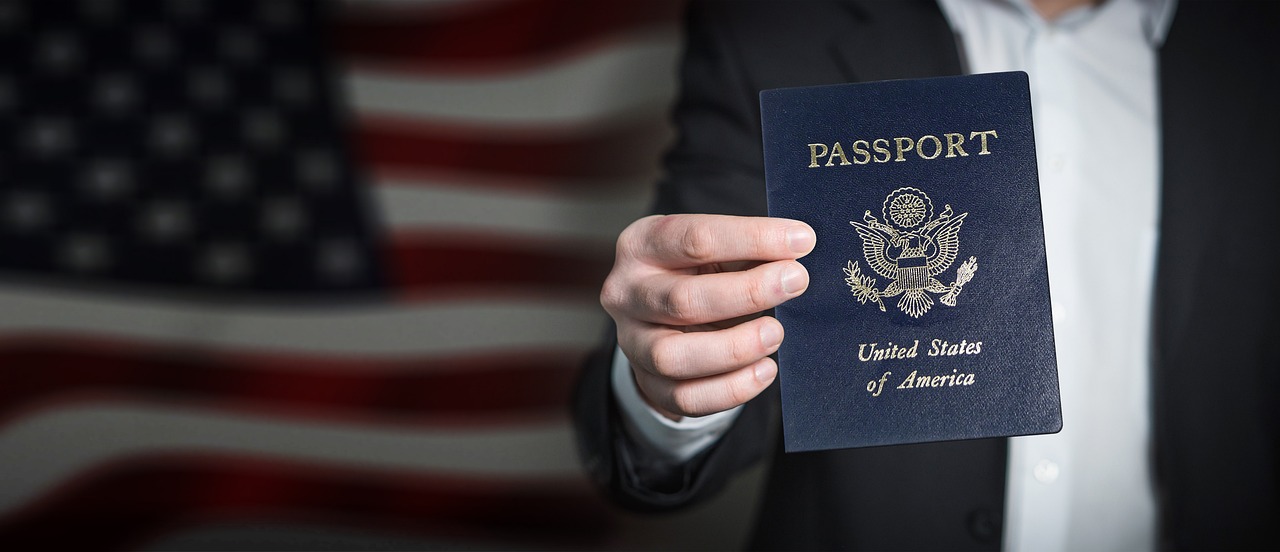The K-1 Fiancée Visa Roadmap (2025): A Complete Guide for a Filipina Fiancée

You’ve found her. After navigating the world of online dating and making a successful trip to the Philippines, you’re ready to take the most significant step of all: starting your life together in the United States. This next chapter, however, involves a journey not of romance, but of bureaucracy. The U.S. immigration process can be long, complex, and intimidating.
This pillar post is your definitive roadmap. We will demystify the entire K-1 Fiancée Visa process from start to finish. Our goal is to provide a clear, step-by-step guide that will empower you with the knowledge and confidence to navigate the paperwork, interviews, and legal requirements successfully. This is the most crucial information you’ll need to finally bring your fiancée home.
Chapter 1: K-1 Fiancée Visa vs. CR-1 Spousal Visa
Before you file anything, you face a critical choice. Should you bring her to the US as a fiancé to get married, or get married in the Philippines first and bring her as a spouse? To make it clearer, here is a direct comparison:
| Aspect | K-1 Fiancée Visa | CR-1 Spousal Visa |
|---|---|---|
| Where You Marry | In the United States | Outside the United States (e.g., in the Philippines) |
| Time to US Arrival | Generally Faster | Generally Slower |
| Status on Arrival | Fiancée (Non-Immigrant). Must marry in 90 days and then apply for a Green Card. | Legal Permanent Resident (Green Card holder). Can work immediately. |
Key Consideration: The K-1 visa gets her to the US sooner, but the CR-1 visa grants her immediate permanent residency upon arrival. Carefully weigh the pros and cons of speed versus immediate stability.

Chapter 2: The K-1 Visa Process Step-by-Step
The K-1 process is a marathon, not a sprint. Here are the main stages. For a more granular look, you can review our overview of the visa process for a Filipina bride.
- Filing the I-129F Petition with USCIS: This is the official start. The US citizen (the petitioner) files Form I-129F with U.S. Citizenship and Immigration Services (USCIS). You must include extensive evidence that you have a bona fide (real) relationship and have met in person within the last two years.
- The National Visa Center (NVC) Stage: Once USCIS approves your petition, the case is transferred to the National Visa Center (NVC). The NVC processes the case and forwards it to the U.S. Embassy in Manila. This stage primarily involves waiting and ensuring your case is properly transferred.
- The Embassy Interview in Manila: This is the most nerve-wracking part for your fiancée. She will attend an interview with a consular officer whose goal is to confirm your relationship is legitimate. We have a complete guide to help her achieve K-1 visa success.
- Arrival in the US & Adjustment of Status: After the wedding, she must file Form I-485 to get her Green Card. Our guide on adjusting status covers this final, crucial step.
Chapter 3: Required Documents & Evidence
Documentation is the backbone of your petition. Start gathering this from day one. You will need:
- Proof of US Citizenship (e.g., passport, birth certificate).
- Proof of having met in person (e.g., flight itineraries, hotel bookings, time-stamped photos together).
- Evidence of a continuing relationship (e.g., chat logs, call records, emails).
- Letters of Intent to Marry from both you and your fiancée.
- And much more.
Don’t miss a single item. Get our complete, downloadable checklist to stay organized.
Chapter 4: The Affidavit of Support (Financial Requirements)
As the US petitioner, you must prove you can financially support your fiancée. Your income must be at least 125% of the Federal Poverty Guidelines for your household size. For a detailed explanation and to see the current income charts, review our complete guide to the Affidavit of Support.
Chapter 5: Common Pitfalls & Reasons for Denial
Avoid these common mistakes to ensure a smooth process:
Top Reasons for K-1 Visa Delays or Denials
- Insufficient Proof of Relationship: Don’t be shy. Provide a wealth of evidence showing your relationship is real.
- Inconsistencies in Information: Ensure the information on all forms and during the interview is consistent.
- Not Meeting Financial Requirements: If you don’t meet the income threshold, you will need a joint sponsor.
- Poor Interview Performance: Your fiancée should be prepared to answer questions about your relationship confidently and honestly.

Your Wife from the Philippines Awaits
The K-1 visa process is a test of patience and diligence. It is a bureaucratic hurdle on the path to a lifetime of happiness. By being organized, thorough, and honest, you can successfully navigate this journey. The day she arrives on US soil will make every form and every moment of waiting worthwhile.
Ready for the Next Step?
The visa is just one part of the journey. Explore our other resources to prepare for your life together.
See the True Cost Breakdown
Read Success Stories
Get Professional Assistance
